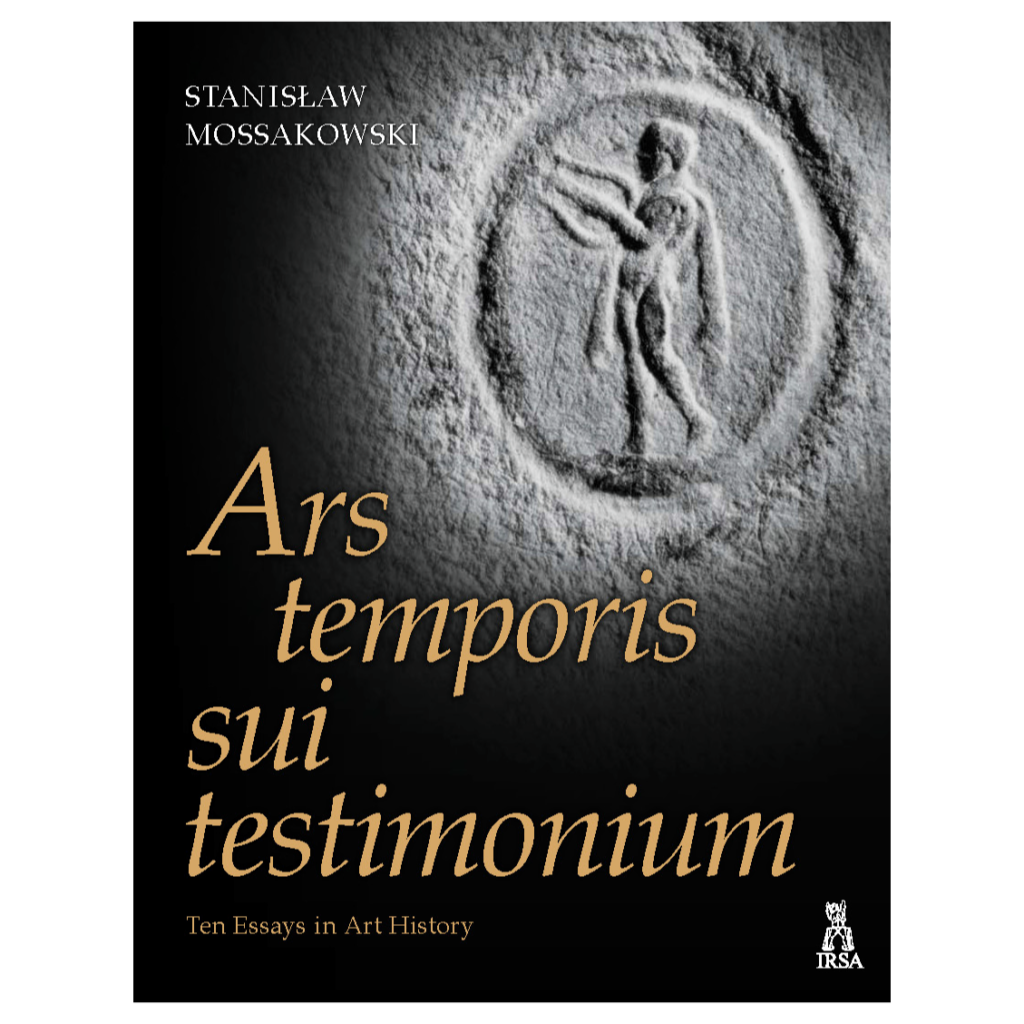- Cracow 2020
- 285 × 222 mm, laminated hardback
- 283 pages, 222 illus.
- ISBN 978-83-89831-39-2
This book consists of ten articles, written in English, German, French and Italian, between 1962 and 2016. The papers, which discuss subjects ranging from medieval art to the Baroque, have been selected as the author’s most representative studies and deal with the history of architecture and art in relation to the contemporary realm of religious, philosophical, and scientific ideas. At the same time, the works discussed here are not only treated as products of the skills and talents of individual artists-creators but also as an expression of the wishes of their recipients and in particular of the wishes and culture of their patrons.
Stanisław Mossakowski (b. 1937 in Sambor, in the present-day Ukraine) graduated from the Jagiellonian University in Cracow in 1958; former director of the Institute of Art of the Polish Academy of Sciences in Warsaw (now the chairman of the Institute’s Research Council); member of a number of Polish as well as international scientific societies (Ateneo Veneto in Venice, Accademia Clementina in Bologna, Académie Européenne des Sciences, des Arts et des Lettres in Paris, among others). He specializes in the history of architecture and decorative sculpture, the role of antique tradition in art, Polish-Italian art relations as well as the relationship between art history and the history of ideas. He is the author of a number of books, as well as more than 130 articles and treatises. He has received numerous awards (e.g. the Gottfried von Herder Prize of the University of Vienna in 2003).

CONTENTS
Preface
I La Porte de bronze de Gniezno et la Chronique polonaise de maître Vincent
II The Symbolic Meaning of Copernicus’ Seal
III Raphael’s St. Cecilia. An Iconographical Study
Supplement
Trent ’anni dopo: ricerche sul significato della Santa Cecilia di Raffaello
IV La perduta decorazione astrologica del Palazzo Reale di Wawel a Cracovia
V Il contesto europeo del palazzo di Wawel a Cracovia. Napoli – Urbino – Buda – Praga
VI Gli anni romani di Giovanni Battista Gisleni e la sua memoria nella chiesa di S. Maria del Popolo
VII Il mausoleo dei Morstin a Varsavia e l’egittologia del Seicento
VIII Die plastische Dekoration des Krasiński-Palastes in Warschau (1688–1699). Thematik, literarische und bildnerische Vorlagen. Anteil des Auftraggebers – Jan Dobrogost Krasiński, des Architekten – Tilman van Gameren und des Bildhauers – Andreas Schlüter
IX Zwischen Rom, München und Warschau. Unbekannte Zeichnungen des Architekten Enrico Zuccalli
X Die Kurfürstenkapelle Fischers von Erlach im Breslauer Dom
Orders can be placed via email irsa@irsa.com.pl.